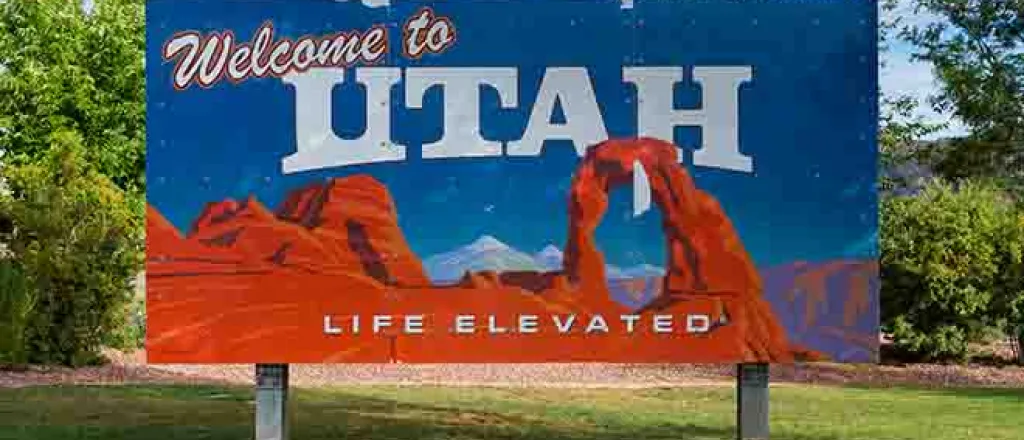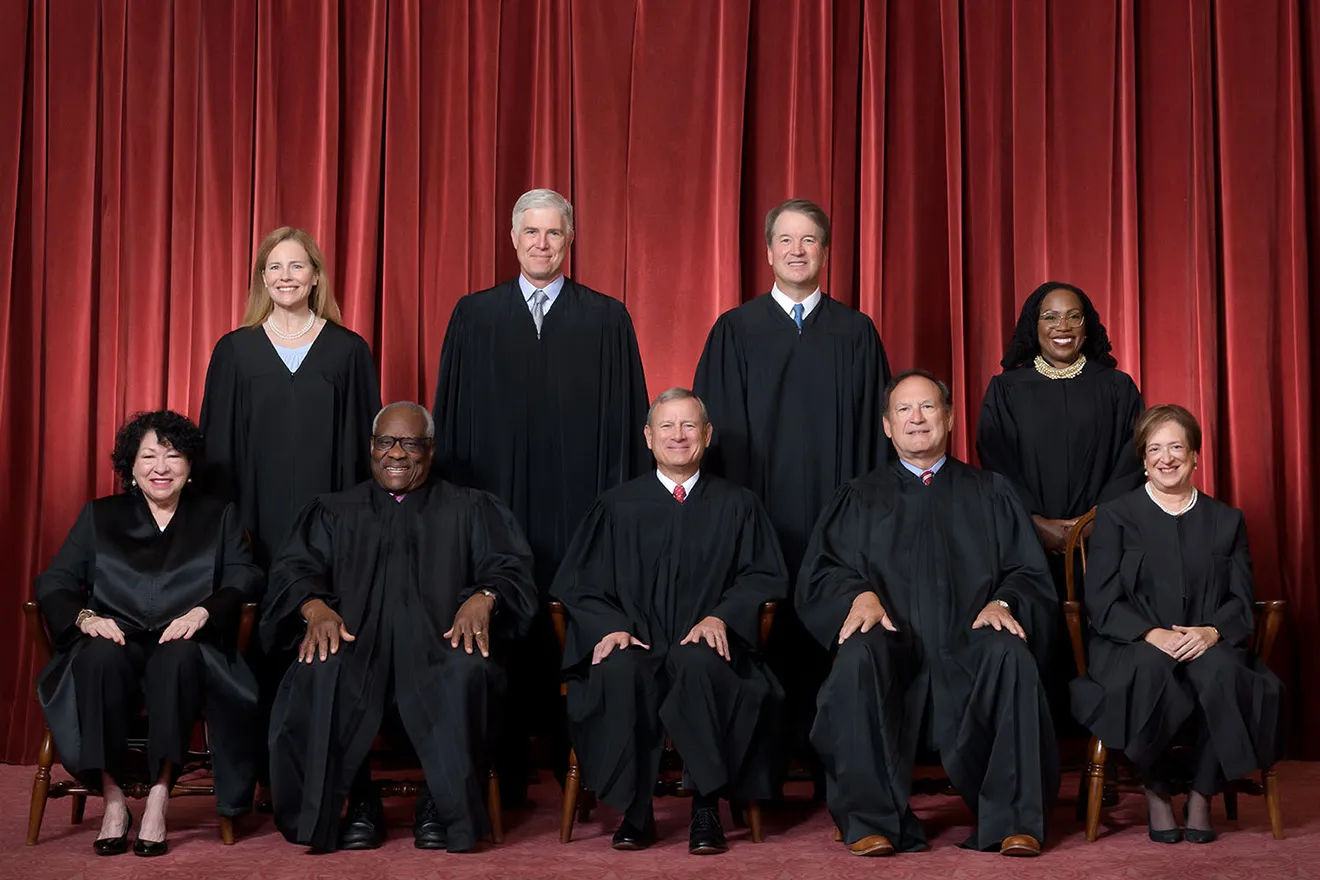
Public lands to be managed by state? Utah officials say it’s unlikely for now
(The Center Square) – Approximately 63 percent of Utah’s public lands is managed by the federal government, according to the latest drafting of the state’s resource management plan.
But could the oversight for Utah’s public lands, along with the revenue they generate, ever be handed over to the state?
Executive Director of the State’s Public Lands Policy Coordinating Office Redge Johnson told the State Federalism Committee this week that, while the possibility of that scenario is currently unlikely, co-management in the future may not be off the table.
“There is a lot of case law out there that talks about the authorities of the federal agencies and whether they could do that. That would have to change…If we could get a change in federal code, absolutely,” Johnson said.
Currently, federal lands in the state are managed by the U.S. Forest Service and/or the U.S. Bureau of Land Management. According to Utah’s 2023 draft of the state’s Resource Management Plan, Utah receives a little less than half of the revenue generated from the public lands.
State Rep. Kay Christofferson, R-Lehi, posed the question to Johnson during the committee meeting, after he told the committee he had met with a former U.S. Secretary of the Interior several years ago to discuss the possibility. Christofferson was told that the state would need to submit its own management plan, he added.
“I see where this [the Resource Management Plan] could be a real tool in helping us to say…We want to manage our own public lands here and here’s our plan, [then] submit that and see what we can do,” said Christofferson.
According to Utah’s Public Lands Policy Coordinating Office website, the state first created its official plan for public land and resource management in 2018. The plan, updated annually, was developed as a collaborative from county plans that had been developed under a mandate the previous year.
Johnson said that the state’s plan currently helps the state be consistent in meeting the federal requirements for public lands as well as help keeping accountability for the federal agencies who manage the lands.
“Right now, we’re using the state resource management plan for consistency though,” said Johnson.
















